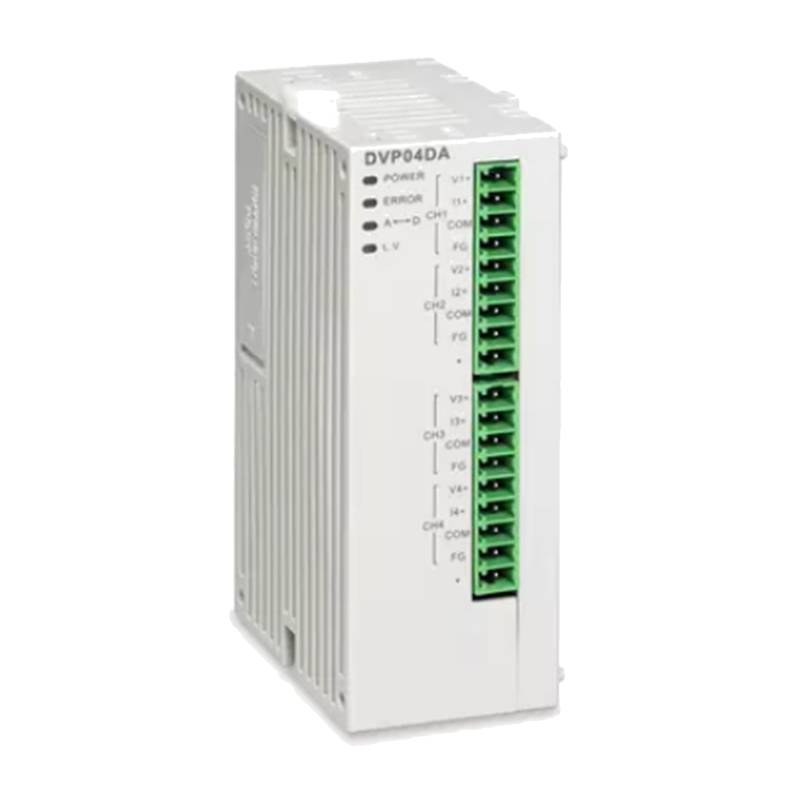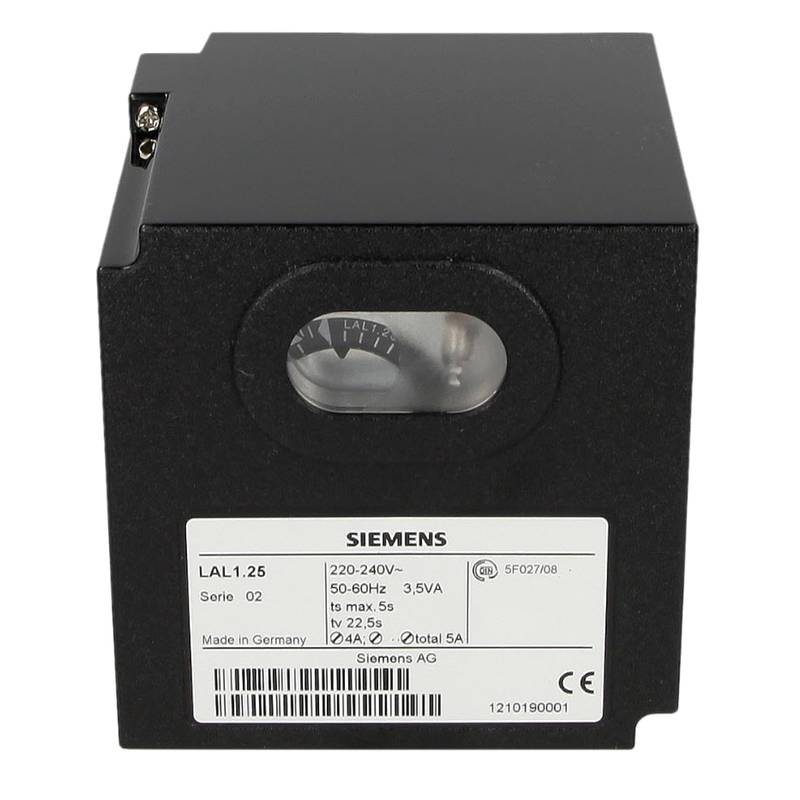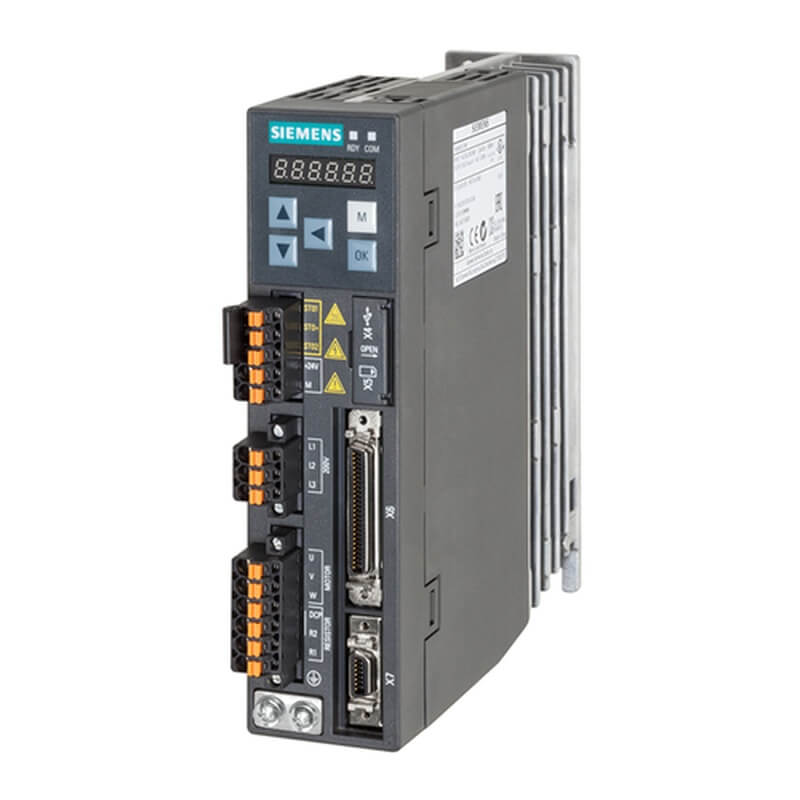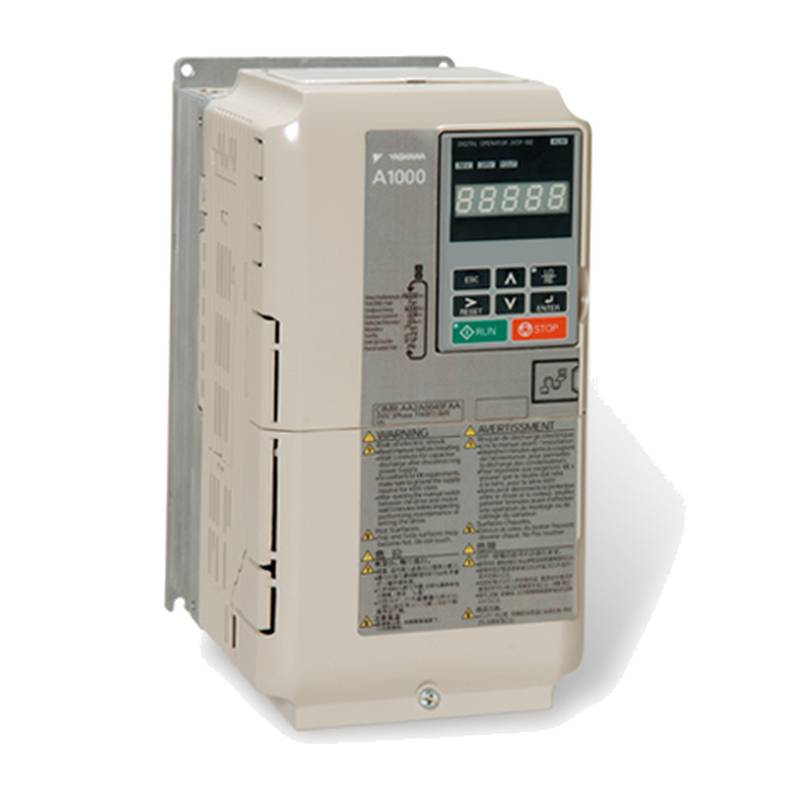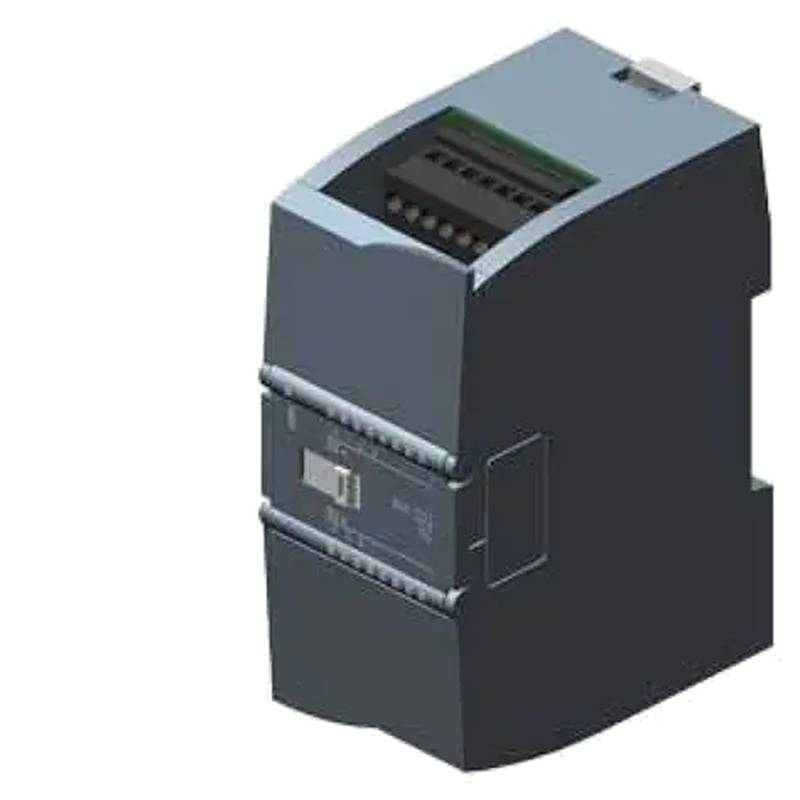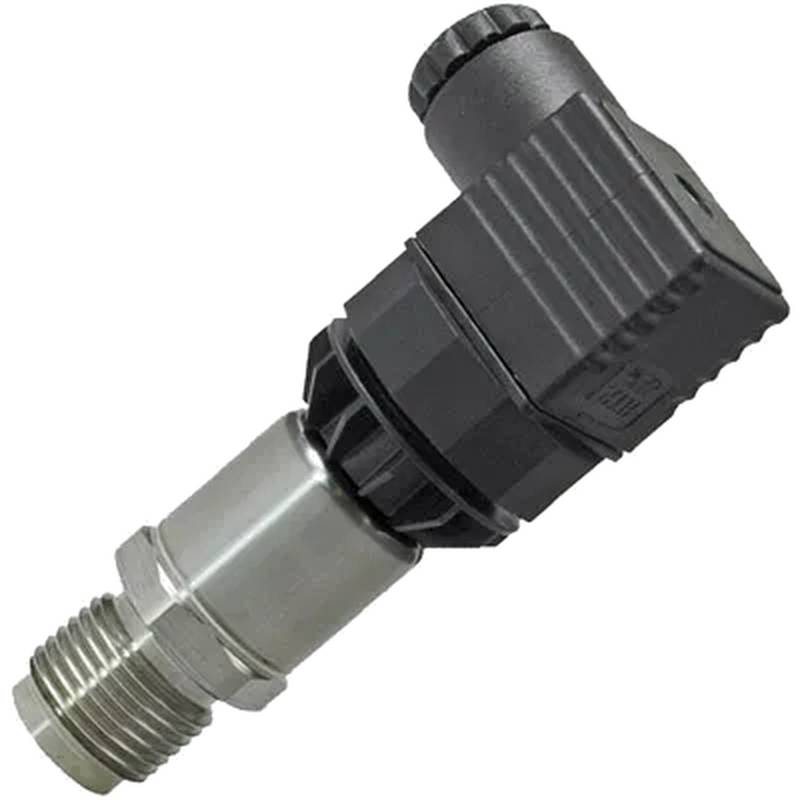
The Delta DVP04DA-H3 4-channel analog signal output module stands as a critical component in industrial automation, delivering precise control over analog devices. Its core advantages lie in its high resolution, rapid response time, and robust compatibility within the Delta DVP series. This module is engineered to translate digital control signals into high-fidelity analog outputs, essential for modulating processes in diverse manufacturing environments. Key technical parameters include its 16-bit resolution, offering superior accuracy, and its support for various output ranges such as ±10V, 0-10V, 0-5V, and 0-20mA, ensuring broad applicability.
Product Specifications
| Feature | Specification |
| :------------------- | :--------------------------------------------- |
| Model | DVP04DA-H3 |
| Number of Channels | 4 Analog Output Channels |
| Output Signal Types | Voltage: ±10V, 0-10V, 0-5V
Current: 0-20mA, 4-20mA |
| Resolution | 16-bit |
| Conversion Speed | Max. 0.5 ms/channel |
| Communication Interface | DVP series PLC modules |
| Power Supply | 24VDC |
| Operating Temperature | 0°C to 55°C |
| Dimensions (W x H x D)| 30mm x 90mm x 65mm |
| Mounting | DIN Rail |
Core Features & Market Positioning
The Delta DVP04DA-H3 distinguishes itself through its exceptional 16-bit resolution, enabling finer control over actuators, variable frequency drives (VFDs), and other analog-controlled equipment compared to standard 12-bit modules. This high resolution translates directly into improved process accuracy and efficiency, reducing waste and enhancing product quality. Its seamless integration with the widely adopted Delta DVP PLC platform provides users with a cost-effective and reliable solution, positioning it as a preferred choice for both new installations and upgrades. The module's ability to simultaneously output different signal types (voltage and current) across its four channels further enhances its versatility and competitive edge in demanding automation applications.
Key Application Scenarios
Industries requiring precise analog signal control frequently deploy the DVP04DA-H3. Common applications include the precise speed control of motors via VFDs in conveyor systems and pumps, where accurate analog voltage or current signals are paramount for energy efficiency and operational performance. It is also instrumental in process control for temperature regulation, flow rate management, and valve positioning in chemical plants, food and beverage production, and HVAC systems. Manufacturers seeking to automate feedback loops or manage continuous processes requiring nuanced adjustments will find this module an indispensable asset for achieving sophisticated automation.
Practical System Integration Guidance
Integrating the Delta DVP04DA-H3 into an existing or new Delta DVP PLC system is straightforward. The module connects directly to the PLC's expansion bus, requiring a 24VDC power supply and proper grounding. Wiring involves connecting the output terminals to the controlled devices (e.g., VFD analog input, sensor actuator) and ensuring the correct signal type (voltage or current) is selected via internal jumpers or software configuration as per the manual. Programming within the Delta ISPSoft software typically involves using specific instructions to write data to the module's output registers, mapping digital values from the PLC logic to the desired analog output levels. Careful attention to wiring polarity and shielding is crucial for maintaining signal integrity and preventing noise interference.
Operation and Risk Mitigation
Safe operation of the DVP04DA-H3 necessitates adherence to electrical safety standards and proper handling procedures. Ensure all power is disconnected before wiring or maintenance. Overloading the output channels or applying incorrect voltage/current signals can damage the module or connected devices. Users should consult the product manual for specific error codes and troubleshooting steps, which often relate to wiring issues, communication failures, or out-of-range output commands. Regular inspection of connections and environmental factors like temperature and humidity are vital for sustained performance and preventing operational risks.
Scalability & Long-Term Value
The Delta DVP04DA-H3 offers significant long-term value through its compatibility with the extensive Delta DVP ecosystem. This allows for easy expansion of analog output capabilities by adding more modules to the PLC. Its integration potential with Delta's IIoT solutions and cloud platforms enables advanced data acquisition, remote monitoring, and predictive maintenance, aligning with Industry 4.0 initiatives. For businesses looking to upgrade their automation infrastructure, the DVP04DA-H3 provides a scalable and future-proof solution that supports evolving technological demands and enhances overall operational intelligence.
FAQs
What are the output voltage and current ranges for the Delta DVP04DA-H3?
The Delta DVP04DA-H3 supports multiple analog output ranges to accommodate diverse industrial applications. For voltage outputs, it can provide ±10V, 0-10V, and 0-5V signals.
For current outputs, the module is configured for 0-20mA and 4-20mA signals. This flexibility allows it to interface with a wide array of actuators, drives, and controllers requiring precise analog signal representation.
Users can select the desired output type and range through software configuration or, in some cases, by adjusting internal jumpers as detailed in the product's technical documentation.
How do I wire the Delta DVP04DA-H3 to a Delta PLC?
Wiring the Delta DVP04DA-H3 to a Delta PLC involves connecting it to the PLC's expansion port. Ensure the PLC is powered off before commencing any wiring procedures to prevent electrical hazards.
The module requires a 24VDC power supply, which should be connected to the designated power terminals. The output terminals of the DVP04DA-H3 are then wired to the input terminals of the devices being controlled, such as variable frequency drives or servo amplifiers.
Always refer to the specific wiring diagrams in the Delta DVP04DA-H3 user manual for correct terminal assignments and polarity, especially when dealing with current loop outputs to avoid damage.
What are common troubleshooting steps for the Delta DVP04DA-H3?
A common troubleshooting step involves verifying the power supply to the module. Ensure it receives a stable 24VDC and that all connections are secure and correctly wired according to the manual's specifications.
Check the PLC program logic that is writing values to the output module. Incorrect data scaling, communication errors between the PLC and the module, or unexpected digital values can lead to incorrect analog outputs.
Inspect the output wiring to the controlled devices for any short circuits, open loops, or incorrect polarity, which can prevent the analog signal from being received or cause damage to connected equipment.














